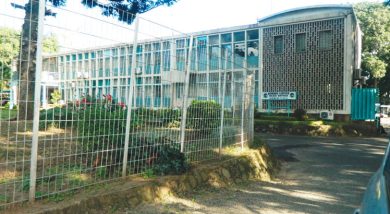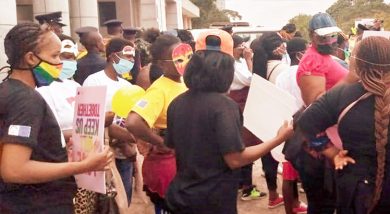Most households In debt, says NSO
The proportion of households with outstanding loans in the country increased to 63 percent in 2022, a jump from 15 percent recorded in 2020, a National Statistical Office (NSO) survey shows.
NSO conducted the High-Frequency Phone Survey in collaboration with the World Bank’s Living Standards Measurement Study programme.
According to the data, while 84 percent of households attempted to borrow during the Covid-19 pandemic, about 50 percent of households asked for a loan between 2021 and 2022, which is still higher than the pre-Covid level at 30 percent observed in the 2019/20 Integrated Household Survey.
Economic shocks in the form of job losses of the main earner, the reduction in the price of the selling output as well as adults not eating for a whole day, are closely related to the likelihood of trying to borrow at between 50 and 70 percent in the subsequent months following the shock.
The survey findings also show that access to finance for households comes mainly through friends and relatives, a trend that has increased in 2022.

Read the survey findings in part: “Personal ties have been the main source of finance for households even before the Covid-19 pandemic. Nevertheless, the share of households reporting such loans has grown from 28 percent during the pandemic to 45 percent in 2022.
“Similarly, saving groups, which consist of a group of people pooling their money into a fund to be able to borrow from it, also gained importance during 2022 with 30 percent of households reporting it as the main source of finance.”
In contrast, the survey found that 23 percent of households were relying on savings groups during the pandemic.
In an interview yesterday, Consumers Association of Malawi executive director John Kapito said the formal banks have not allowed or created affordable and easy access to cheaper loan schemes, pushing consumers to seek high cost loans in the informal sector amid rising economic challenges.
He said: “Banks do not offer instant financial assistance to borrowers in Malawi.
“The informal banking system and structure is much bigger than the formal banking system as numbers of bank users are getting lower, forcing so many people into informal loans, which have very abusive interest rates and are used by the majority, including those working in banks.”
The survey has been conducted in Malawi since the Covid-19 outbreak.





